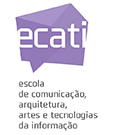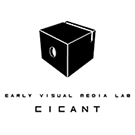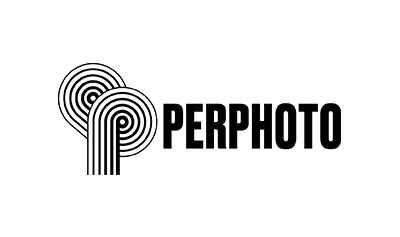Opticity and hapticity in photogrammetry [EN]
Olivier Perriquet and Eric Kerr
This paper exposes how vision and touch have been historically interrelated, and explores the implications of this connection for a photogrammetrical account of visual immersion. Photogrammetry is today an accessible technique initially performed by geographers on the basis of stereoscopic photographs. Since then, the technique has evolved to allow for the creation of three-dimensional images by algorithmically extracting the geometric information of a scene or an object from a larger set of photographs, taken from different angles. This recording method is able to represent entire objects or scenes, i.e. more than what would be visible from any specified angle when the objects are opaque. Vision in this case is related to the objectual nature of percepts: their “objectivity”. At first glance, objectivity might seem to be a touch-related attribute. This evocation may not be entirely a coincidence: vision and touch have, in fact, been intimately associated throughout history. The connection can be traced back to the antique “emission theory”, which assumed that vision was performed by a beam coming from the eye and touching objects, a conception that has surprising reminiscences in modern laser-based alternative methods to photogrammetry. But this association is perhaps more intricate and intertwined than it might seem. The famous Molyneux thought experiment proposed in the 17th century, asking whether someone born blind could translate the experience acquired by touch into a visual experience, was given a negative verdict only in the 21st century. The interrelation of hapticity and opticity is still largely a terra incognita. Maurice Merleau-Ponty, in Phenomenology of Perception, already outlined a picture of the senses as together contributing different strands of meaning to a complete understanding. While stereoscopy involves frontality and framing, and is similar in this respect to monoscopic photography, photogrammetry frees itself from the directionality of the gaze of the viewer, while remaining inherently selective, filtered, incomplete. Building on the phenomenological tradition, we explore the limits, constraints, and nascent grammar of photogrammetry to imagine it in terms of its technical unfolding (through a combination of stereoscopic views) and conceptually (in terms of multi-stereoscopy).
Organization


Partners





Campo Grande, 376, 1749 - 024 Lisboa | Tel.: 217 515 500 | Fax: 21 757 7006
Copyright © 2021 COFAC. Todos os direitos reservados. Gestão de conteúdos por Producao Multimédia
